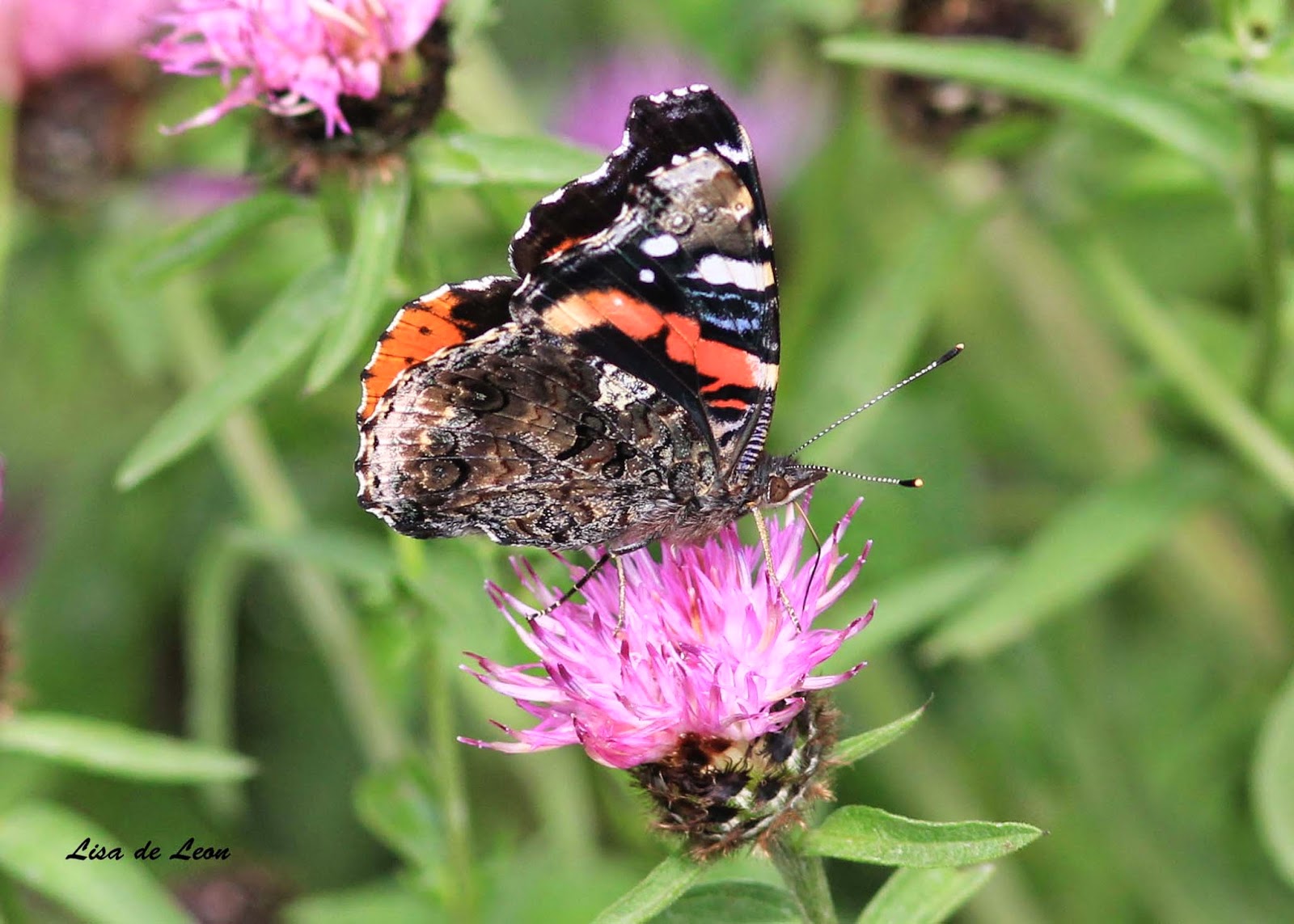I parked downtown in a private lot while my sister ran into the Chocolate Factory to get some goodies to take home with her. Unable to just sit without doing something, I noticed many Cabbage White Butterflies flitting around the back of the lot.
Most always prepared, my camera was in the trunk. Within a minute, I was out of the car photographing butterflies.
I was particularly interested, because these all seemed to have three dots on each side rather than two. Hmmm..I wonder why. Well, it seems the female is more likely to have more and darker spots. She is also smaller than the male.
It is easy to just look the other way when a Cabbage White flies by because they are so common and typically plain. However, there is often so much more than we see with the naked eye.
I visited this
which provides a really good overview of the Small White vs. the Large White vs. the southern version of the Cabbage White. It is really interesting. The key field marks to notice are the size of the butterfly, the darkness of the dots and the size of the outer dark marks on the topside of the forewing. There will likely be more opportunities this season to see more.































































